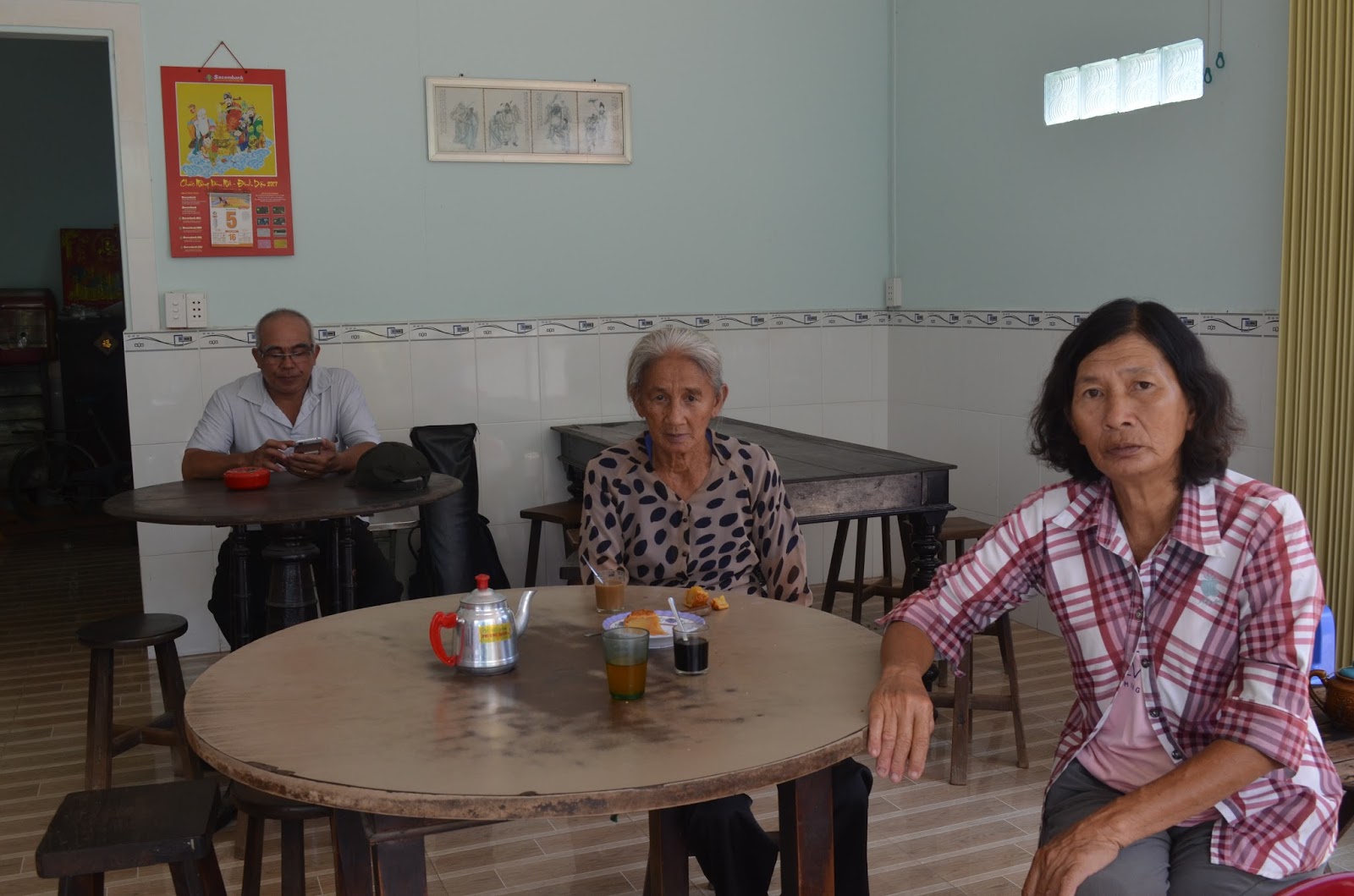Fortune Cookie:

Seven falls, eight getting up.
Matsumoto was quite difficult to get to.
I took two trains to Bessho near Ueda City. After a few days there a minibus called at my inn and took me (door-to-door) to my ryokan in Matsumoto. I found travel arrangements in Japan to be exceptional in their convenience. They were a new high in my experience of these things.
My reception there was as cold and unpalatable as Bessho's was warm and excellent. This was only in a single inn but notable nevertheless. In fact it was one of the worst receptions I can remember although the hotel in Kyoto came very close.
Towards the mountains and Mount Kasumizawa in particular.
When I arrived at the foot of the mountain there was not the bus there I expected to carry me toward the hot spring on the mountain side. I could have got a cab but Japan, after three weeks was starting to bite. Three thousand dollars in the budget but I was starting to dine at convenience stores even there I bought an apple for 200 yen.
This nice woman had a shop full of everything sencha, hojicha, gyokuro, karigane, bancha, even a warming cherry and chilli drink.
A cornucopia of sencha
Whenever anyone discovered I was travelling to Matsumoto they insisted I visited the black castle or Crow castle as the locals call it.
Back at my distinctly frosty ryokan I settled down for a pot of common or garden sencha. As it was loose I didn't know its provenance but I was still just happy that green tea was provided in these rooms complete with caddy, cups and kyushu tea pot.
The taste: savory and saline, with a faint sweet grassy, seaweed undertone. It was a cheap brawny infusion; which is what you might expect. It's unlikely I was going to find ceremonial grade matcha in my room. My experience was affected by the ambiance and the kind of day I had. A flaneur's day in part and Wordsworthian in the other part.
There was a lot of happiness to it.
Black Castle at Matsumoto with cherry blossom
Near Mount Hotaka
A cool mountain breeze blows past the Korean bar on the banks of the Ta river.
Happy Tea Drinking!


















































